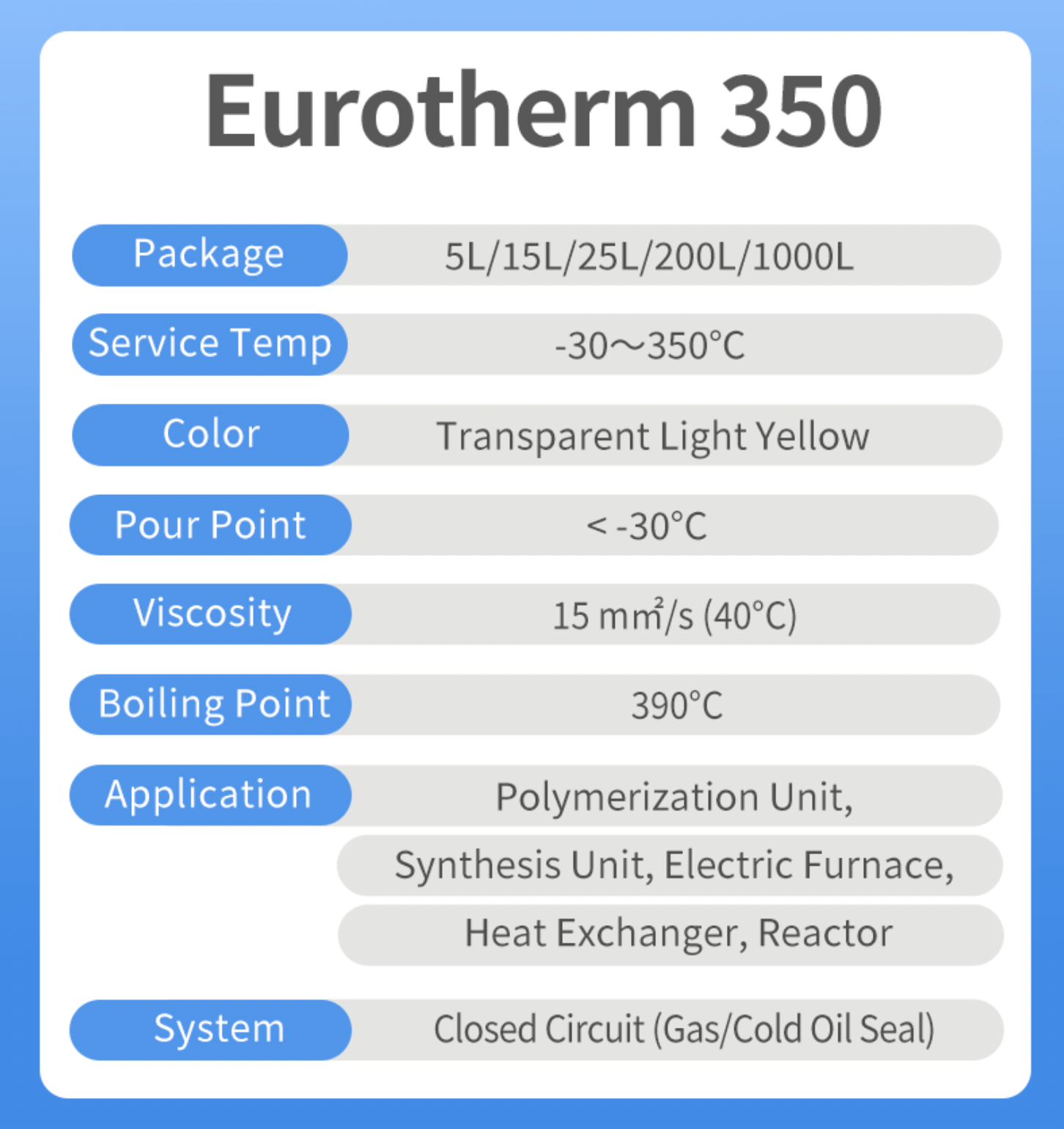How Chemie can Save You Time, Stress, and Money.
(https://penzu.com/p/708211a82b1b68b2)Calculated adjustment in electric conductivity of fluid samples as a function of time when stirred with the resin example in the shut indirect cooling loophole experiment. Figure 6 shows the modification in the gauged electric conductivity of the liquid examples when mixed with the resin example. The conductivity of the water sample from the closed loophole experiment minimized by about 70% from 11.77 S/cm to 3.32 S/cm in six hours.
These results indicated that the capacity of the resin depends upon the test liquid used for the experiment. This reveals that various ions existing in the liquid will cause various ion exchange ability of the fluid. Computing the ion exchange resin ability with the fluid sample from the real air conditioning loop is crucial.
Not known Facts About Chemie
As a result, an ion exchange material cartridge containing 20g of Dowex blended bed material may take on order 938 days to saturate. Simply put, to maintain a low electrical conductivity, a material cartridge with the dimension and weight requirements as that of the resin cartridge utilized in the experiment, need to be changed every 30 months for the air conditioning system that was made use of in the experiment
The air conditioning of electronic parts has actually become a significant challenge in recent times due to the advancements in the layout of faster and smaller sized parts. The usage of a fluid coolant has come to be appealing due to the greater warmth transfer coefficient achieved as compared to air-cooling.
Chemie - Questions
A single phase cooling loophole contains a pump, a warmth exchanger (chilly plate/mini- or micro-channels), and a warmth sink (radiator with a follower or a liquid-to-liquid heat exchanger with chilled water cooling). The heat resource in the electronics system is connected to the warm exchanger. Fluid coolants are likewise used in two-phase systems, such as warm pipes, thermo-siphons, sub-cooled boiling, spray air conditioning, and straight immersion systems [2, 4]
The requirements may differ depending upon the sort of application. Following is a checklist of some basic needs: Good thermo-physical residential or commercial properties (high thermal conductivity and specific warm; reduced thickness; high concealed heat of dissipation for two-phase application) Reduced freezing factor and burst factor (occasionally ruptured protection at -40 C or lower is required for delivery and/or storage space functions) High atmospheric boiling point (or reduced vapor pressure at the operating temperature) for single stage system; a slim wanted boiling point for a two-phase system Great chemical and thermal security for the life of the electronic devices system High flash point and auto-ignition temperature (sometimes non-combustibility is a requirement) Non-corrosive to materials of construction (steels along with polymers and various other non-metals) No or minimal regulative restraints (eco friendly, harmless, and perhaps naturally degradable) Cost-effective The most effective electronics coolant is a low-cost and harmless fluid with superb thermo-physical residential properties and a long life span.
Chemie for Beginners
The majority of these liquids have a non-discernible odor and are harmless in situation of contact with skin or ingestion. As stated in the past, aliphatic PAO-based liquids have actually changed the silicate-ester liquids in a variety of armed forces electronics (and avionics) cooling down applications in the last decade. An additional course of popular coolant chemistry is dimethyl- and methyl phenyl-poly (siloxane) or typically called silicone oil.
Fluorinated compounds such as perfluorocarbons (i.e., FC-72, FC-77) hydrofluoroethers (HFE) and perfluorocarbon ethers (PFE) have particular one-of-a-kind residential properties and can be used in call with the electronic devices [4, 8] Firstly, these liquids are non-combustible and non-toxic. Some fluorinated substances have absolutely no ozone depleting prospective and other environmental homes.
Ethylene glycol is colorless and virtually odor free and is entirely miscible with water. When effectively hindered, it has a relatively low corrosivity. Nevertheless, this coolant click for more info is classified as poisonous and need to be handled and dealt with with treatment. The high quality of water used for the prep work of a glycol remedy is very essential for the system.
Things about Chemie

Aside from lack of poisoning, it has no benefits over ethylene glycol, being higher in expense and even more viscous. This is a reduced cost antifreeze option, finding use in refrigeration solutions and ground source heatpump. Comparable to glycols, this can be prevented to quit deterioration. This fluid can be utilized down to -40 C due to its fairly high price of warmth transfer in this temperature array.
It is thought about even more harmful than ethylene glycol and consequently has actually found use only for process applications situated outdoors. Also, methanol is a combustible liquid and, as such, introduces a prospective fire hazard where it is stored, dealt with, or made use of. This is an aqueous service of denatured grain alcohol. Its main advantage is that it is safe.
More About Chemie
As a combustible liquid, it calls for certain safety measures for handling and storage space. Liquid services of calcium chloride locate vast use as distributing coolants in food plants. The major applications of these liquids are in the food, beverage, drugs, chemical and climatic chamber applications, just recently these fluids have actually been explored for single-phase convection air conditioning of microprocessors.
Comments on “The Ultimate Guide To Chemie”